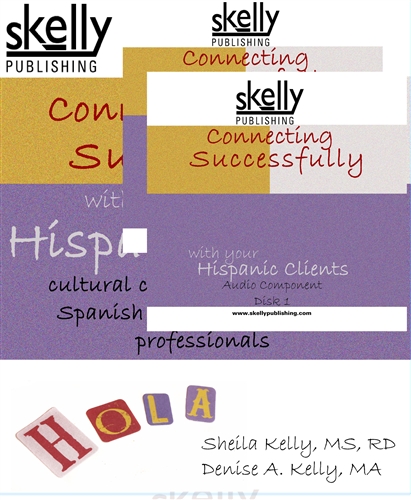

From: $139.99
Brand New Edition! Know what to say and how to say it in Spanish, and get the results your client needs!
This course is CDR-approved for 16 CPEU for RD/RDNs and DTR/NDTRs, and CBDCE-approved for 16 CEU for CDCES’s.
CPEU/CEU: 16
Course Expiration Date: 12/14/2026. You have until that date to complete your CPEU Evaluation or Webinar Feedback Survey for this course.
Course Type: 720—Preapproved Self-Study Materials, Printed.
Includes CE Evaluation/Reporting Form: You will submit it online and receive your CE Certificate immediately.
Suggested Learning Level: 2
Features:
126 pages + 10 WAV audio files. See the LNCs & PIs tab for suggested learning codes.
CPEU/CEU: 16 NOTE: Course Expiration Date: 12/14/2026. You have until that date to complete your CPEU Evaluation or Webinar Feedback Survey for this course.
1.1.7 Communicates professional title and credentials appropriately.
1.3.4 Communicates the risks; benefits; disadvantages; alternatives; and cost of the proposed treatment plan, contract, and statement of terms or scope of work and confirms customer understanding.
1.3.5 Identifies and respects economic and socio-cultural factors when determining the goals and wants of the customer.
1.3.7 Recognizes the limits of his/her cultural knowledge, skill and abilities; asks for help when the need is beyond the personal sphere of competence.
1.3.8 Initiates collective efforts with others to implement resources to support culturally-diverse customers.
1.3.9 Recognizes and incorporates knowledge of cultural and/or religious foods, practices and preparation.
1.6.1 Considers the financial responsibilityto the organization and the populationserved when making decisions orrecommendations.
2.1 Utilizes appropriate communicationmethods and skills to meet the needs ofvarious audiences.
2.1.1 Assesses the communication needs ofthe individual, customer or population.
2.1.2 Identifies barriers to effective communication.
2.1.3 Tailors message to meet the needs of the target audience.
2.1.4 Uses a variety of media to deliver information.
2.1.5 Observes non-verbal cues and responds appropriately.
2.1.7 Delivers information and opinions in a respectful and professional manner.
2.1.8 Delivers accurate and credible messaging.
2.2.2 Considers and respects the opinions,creativity, values, beliefs and perspectivesof others.
2.3.5 Facilitates an understanding and appreciation of the differences among team members and how they each contribute to the team.
3.1.2 Fosters a culture in which diversity and cross-team collaboration is valued.
3.1.4 Communicates clear performance expectations.
3.1.6 Takes an active role in sharing information and knowledge
3.2.5 Educates the employer and the public on the role of, and the benefits of receiving care from a RDN and DTR.
3.2.6 Communicates with policy makers to influence decisions that impact advancement of the profession.
3.3.1 Educates the customer on the availability of nutrition services.
3.3.4 Engages in active discussions with others to establish a method to best meet and serve the needs of the customer and the population.
4.1.4 Demonstrates effective, appropriate and timely consultation with experts and others.
4.1.5 Recognizes situations where services provided to a customer should be adjusted, limited, modified or discontinued.
4.2.2 Reflects on own values, beliefs and biases.
5.2.5 Instructs or advises others on the use of clinical information systems, nutrition informatics tools and other technology topics.
6.2.2 Demonstrates knowledge of research instruments and tools (e.g., surveys, interview tools) to support research initiatives.
6.3.11 Applies research/evidence-based findings to improve practice, service delivery and health and nutrition of customers.
7.1.4 Takes action on identified risk to self, staff, customer, public and organization.
7.2.11 Applies knowledge of hygienic food preparation practices and causes of foodborne illness in food preparation.
7.2.3 Communicates the role of sustainable food practices and food insecurities for populations.
7.2.4 Identifies and analyzes insecurities in food and water system.
7.2.5 Develops, implements and adheres to policies and procedures to optimize food and water safety.
7.2.7 Identifies and implements risk management and environmental safety principles to enhance public safety and reduce risk to self, staff, customers, public and organization.
7.3.2 Develops, implements and maintains policies and procedures to address infection prevention and control.
7.3.3 Increases awareness of infection prevention and control for self, staff, customer, public and organization.
8.1.2 Applies knowledge of food and nutrition as well as the biological, physical and social sciences in practice.
8.1.5 Applies medical nutrition therapy in disease prevention and management.
8.2.1 Assesses the physical, social and cultural needs of the individual, group, community or population
8.2.3 Implements individualized services to reflect customer-centered approach as it pertains to the customers physical, social, cultural, institutional and economic environment.
8.3.6 Keeps abreast of current nutrition and dietetics knowledge and trends.
8.4.4 Considers customers choice, beliefs, food sensitivities, allergies, wants and needs.
8.4.5 Uses counseling techniques to promote behavior changes in food preparation.
9.1.2 Identifies and works to minimize and overcome barriers to learning.
9.1.3 Identifies and analyzes factors that influence behavioral change.
9.1.4 Evaluates factors that influence the learning process and skill building.
9.1.5 Assesses, evaluates and applies educational theories.
9.2.1 Assesses learning needs of the individual or target group.
9.3.2 Develops and/or selects a variety of learning activities based on a plan of action and outcomes, and the needs of the individual, group, community and population.
9.3.3 Develops and/or selects culturally sensitive, evidence-based materials that are appropriate to the audience.
9.4.1 Assesses current knowledge and skills of the individual, group, community and population.
9.4.2 Selects and uses appropriate content and teaching methods to meet individual and group needs.
9.4.3 Takes into consideration special needs and disabilities and provides accommodations.
9.4.4 Adjusts education plan to meet the needs of the individual, group and population.
9.4.5 Implements an individualized teaching plan in order to promote, maintain and enhance nutritional health and learning.
9.4.6 Uses socially and culturally appropriate strategies in order to respect diverse cultures and values.
9.4.8 Evaluates the impact of the individuals learning and new knowledge and skills.
9.5.2 Writes new items to be used in data collection for evaluation of learning.
9.5.3 Develops procedures for standardized use of instruments.
9.5.5 Analyzes and synthesizes evaluation data to recommend and make modifications to program.
9.6.1 Determines and applies counseling theories, psychological methods and strategies that empower customers to make changes.
9.6.4 Assesses customers readiness to change when applying specific counseling strategies.
9.6.5 In collaboration with the customer, develops counseling or coaching goals.
9.6.6 Assists with resolution of barriers to achieving counseling and coaching goals.
9.6.7 Determines if further action is required as follow-up to counseling and coaching.
10.2.10 Monitors and identifies factors affecting patient progress in meeting goals.
10.2.12 Establishes new goals and a new plan of care when original or interim goals are met.
10.2.6 Effectively communicates findings and nutrition diagnoses to clients and the health care team.
10.2.8 Establishes the plan of care, directly addressing the nutrition diagnosis in collaboration with the patient in defining the time, frequency and duration of the intervention.
10.2.9 In collaboration with the client and interdisciplinary team (including NDTRs), selects and implements current and evidence-based nutrition interventions and patient education.
10.3.1 Demonstrates knowledge and applies principles of the informed consent process in accordance with organization policies, protocols and state and federal regulations.
10.3.2 Obtains consent from patients for the involvement of support personnel, students and other providers in the provision of medical nutrition therapy.
10.3.3 Verifies with the patient that he/she engaged in a third-party informed consent process (if referral was obtained by a third party).
10.4.2 Applies knowledge of pharmacotherapy and its effect on nutrient absorption, utilization and metabolism when developing and/or revising the plan of care.
10.4.3 Evaluates, educates and counsels on the interrelationship and impact of pharmacotherapy on nutrient absorption.
12.1.1 Promotes nutrition programs and resources to address issues of food security, nutritional health and overall health and wellness.
12.2.1 Identifies determinants of health and their influence on population health status.
12.2.7 Utilizes applicable databases to analyze and assess variables associated with the target population.
12.3.2 Applies community-based and population-based models and theories in the development of programs and/or interventions.
12.3.3 Takes into consideration any population and environmental disparities (health, availability, finances, access) when developing programs.
12.3.4 Collaborates with community partners to design the program.
12.3.6 Prioritizes goals and objectives based on level of importance and the ability to change the health problem.
12.3.7 Documents social and epidemiological findings and the availability, accessibility, timetable, budget implications and allocation of the programs priority goals and objectives.
12.4.2 Collaborates with community partners to implement programs based on the assessed needs, values, beliefs, limitations and strengths of the population.
12.4.4 Identifies and implements strategies for reaching individuals and populations in collaboration with stakeholders.
12.4.5 Provides nutrition information and education to the community.
12.4.6 Applies and integrates the Nutrition Care Process to meet the complex needs of the target population.
12.5.1 Develops or contributes to an evaluation process and/or cost-benefit analysis to determine the effectiveness and outcomes of the program.
12.5.4 Develops recommendations considering evaluation data, needs of the population, trending data, cost-benefit analysis and funding source.
12.5.5 Presents evaluation findings, outcomes and recommendations to stakeholders to promote change and/or substantiate program.
13.2.2 Evaluates and incorporates individual and target group needs and requirements in order to develop menu items.
13.3.1 Leads the development of budget preparation in accordance with generally accepted accounting principles.
13.3.2 Implements a reliable system for budgets and financial records maintenance that adheres to generally accepted accounting principles.
14.1.10 Advocates and allocates resources to increase staff skills, considering the best interests of the public.
14.2.7 Negotiates payment and reimbursement for customers/patients in order to promote access to care.
14.4.6 Establishes, communicates and measures performance expectations of staff.
Only logged in customers who have purchased this product may leave a review.
Skelly Skills is a provider of continuing education for dietitians (RD/RDNs), certified diabetes care and education specialists (CDCESs), registered nurses (RNs) and diet technicians, registered (DTR/NDTR). We provide CPE, (often called CEU, CE, and CPEU) for all of these groups, and all of our courses are approved for CE by the Commission on Dietetic Registration (CDR) and the CBDCE for CDCESs. Skelly Skills receives no commercial support and does not accept advertising or sponsorship of any kind.
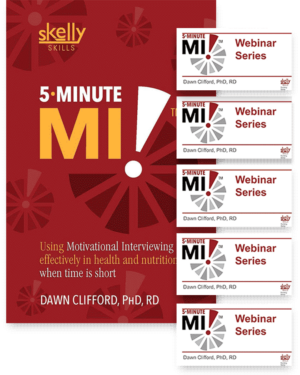
CPEU/CEU: 18
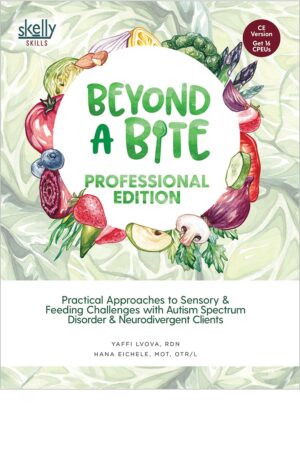
CPEU/CEU: 16
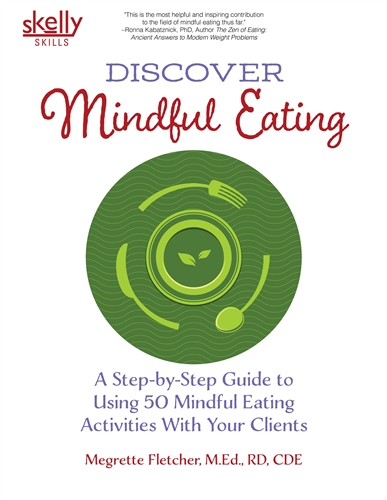
CPEU/CEU: 25
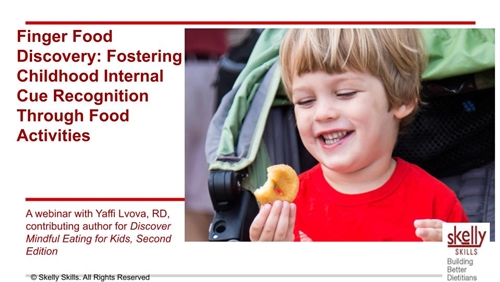
CPEU/CEU: 1


Purchase your webinar and receive a link to the webinar immediately.
Watch your webinar and then submit the CE Feedback Survey form by the course expiration date.
After submitting your CE Feedback Survey, you will be able to download your CPEU/CEU certificate as a pdf and keep for your records.

We use cookies to ensure you get the best experience. By using our website or clicking "accept", you consent to cookies.
Course Participant –
I enjoyed doing it. It was well-written. The audio part helped especially with pronunciation. This will be an excellent reference and tool in my job as a WIC nutritionist.
Course Participant –
I have spent a lot of money on books and CDs but this has been the most on target for me working with an overweight population that is monolingual Spanish. Thank you and please develop a Level II!
Course Participant –
I truly enjoyed this course – It fulfilled all my expectations and will help me reach my Hispanic clients much more effectively. Thank you.
Course Participant –
Wonderful course! I really enjoyed this. The info on baby bottle after 1 year and juice/milk intake is very helpful in a WIC clinic…Thanks!
Course Participant –
The content was very thorough and applicable to my present job. I enjoyed the case studies and CD’s which provided pronunciation of language.